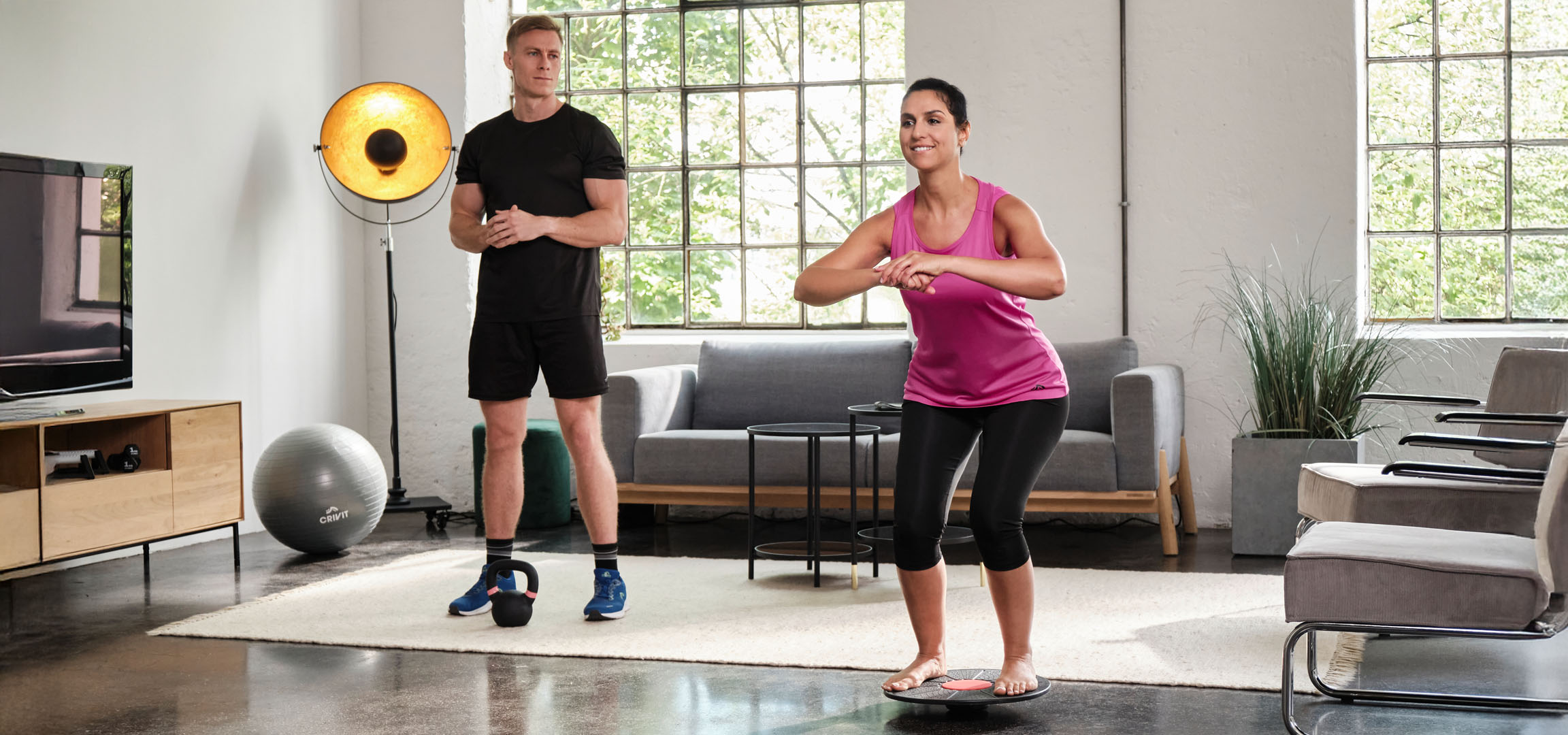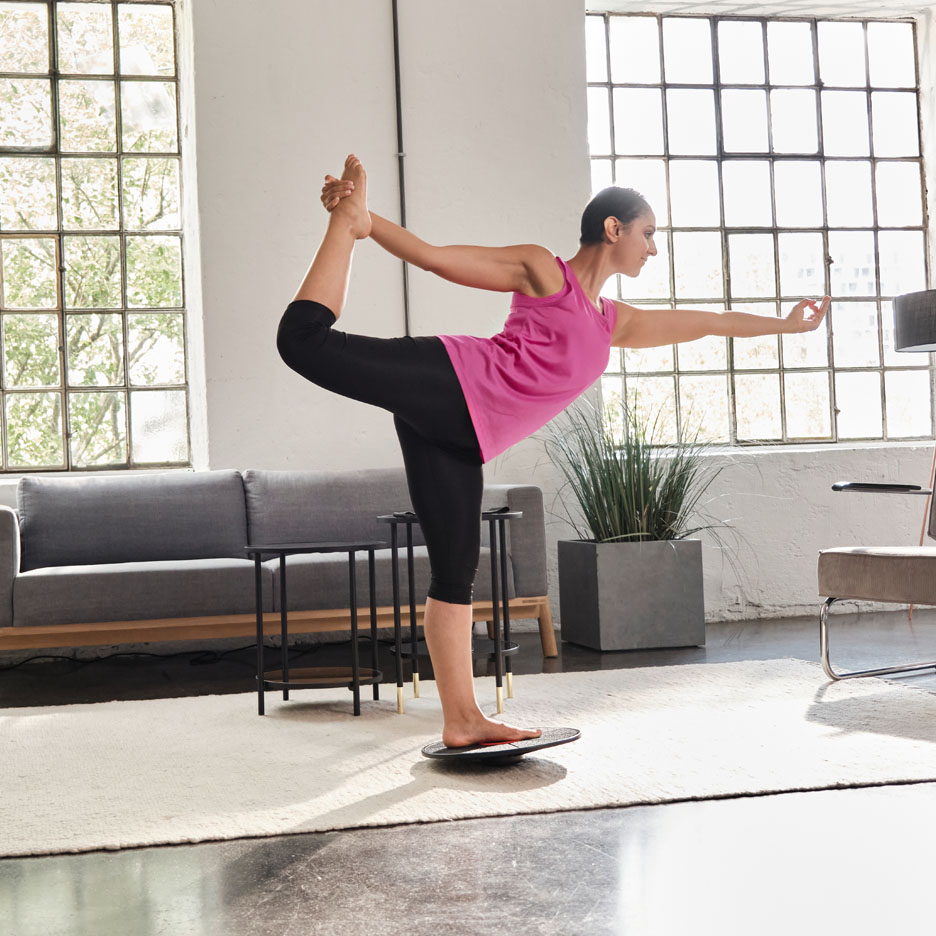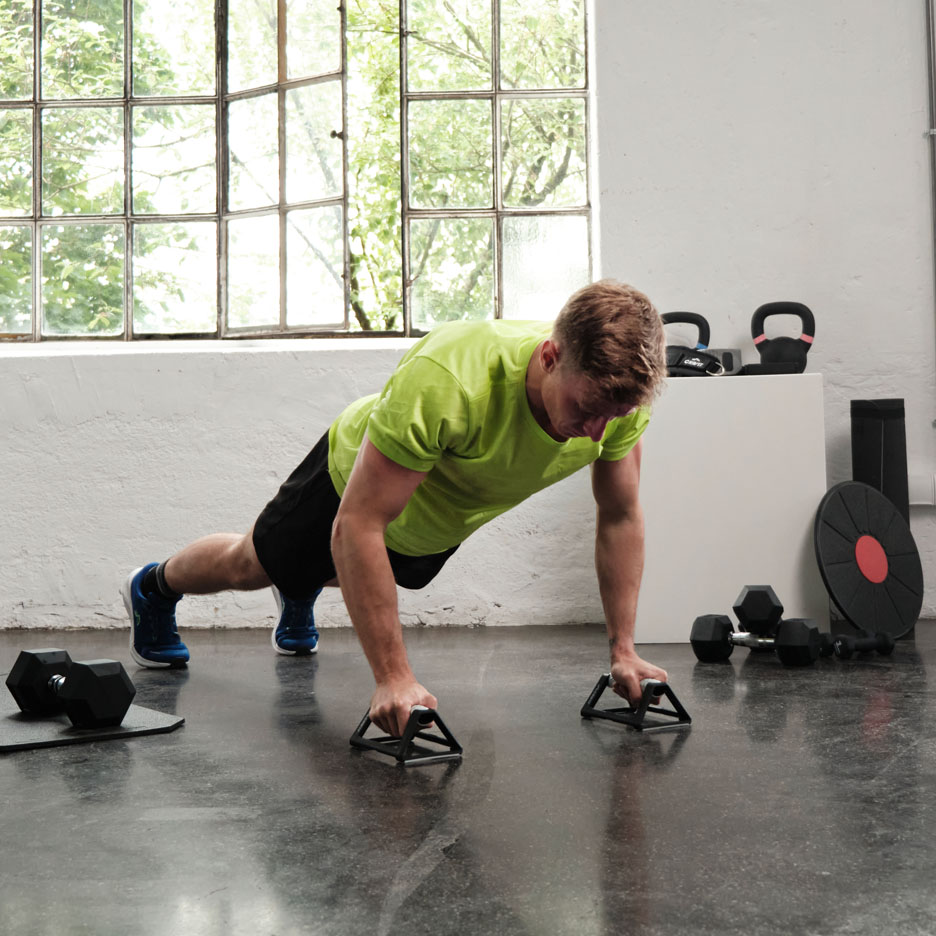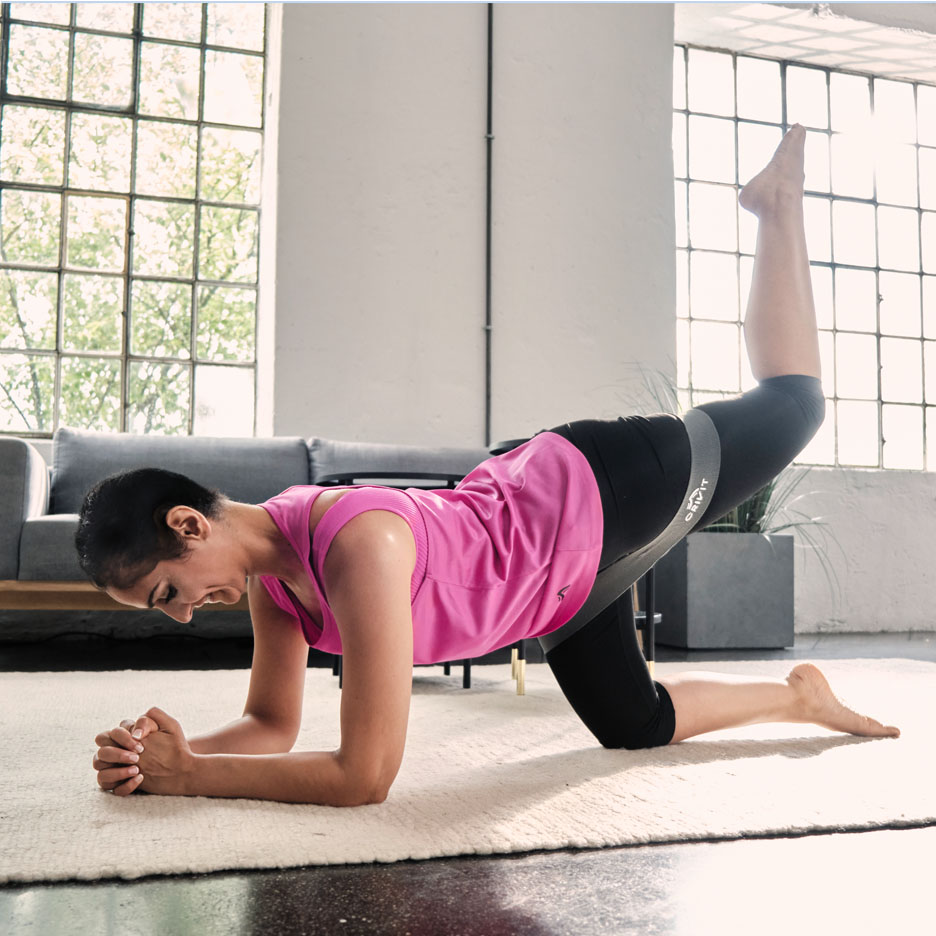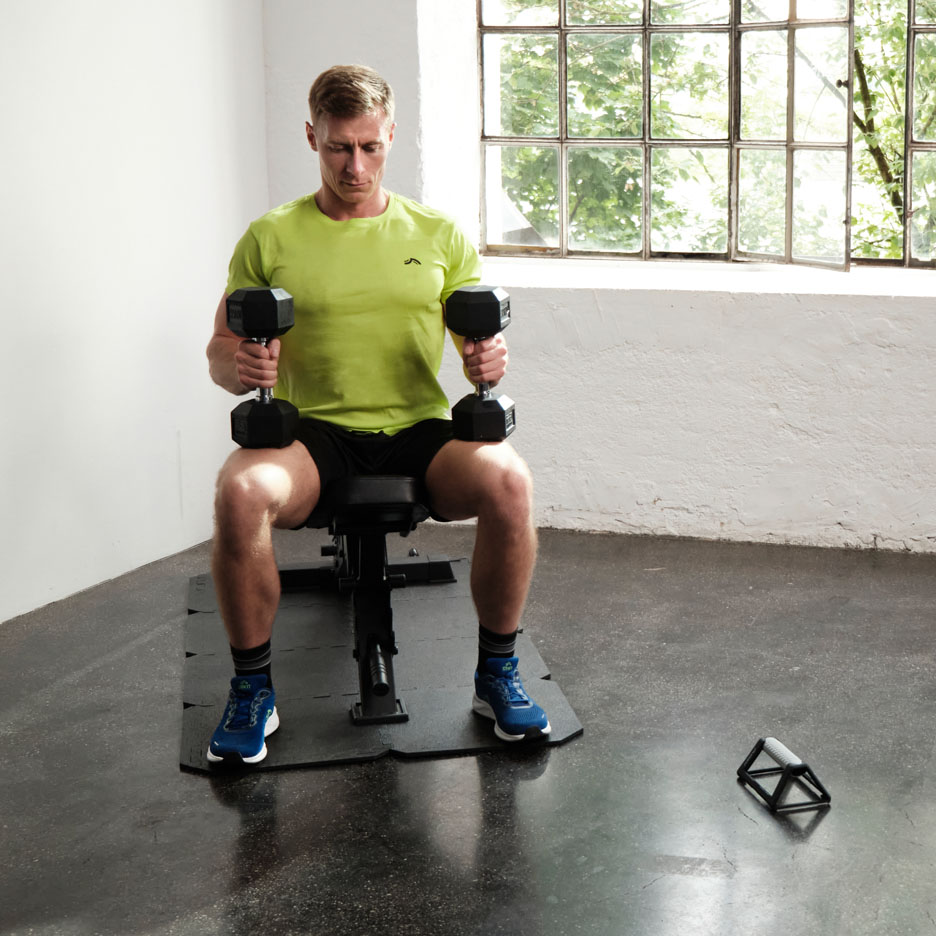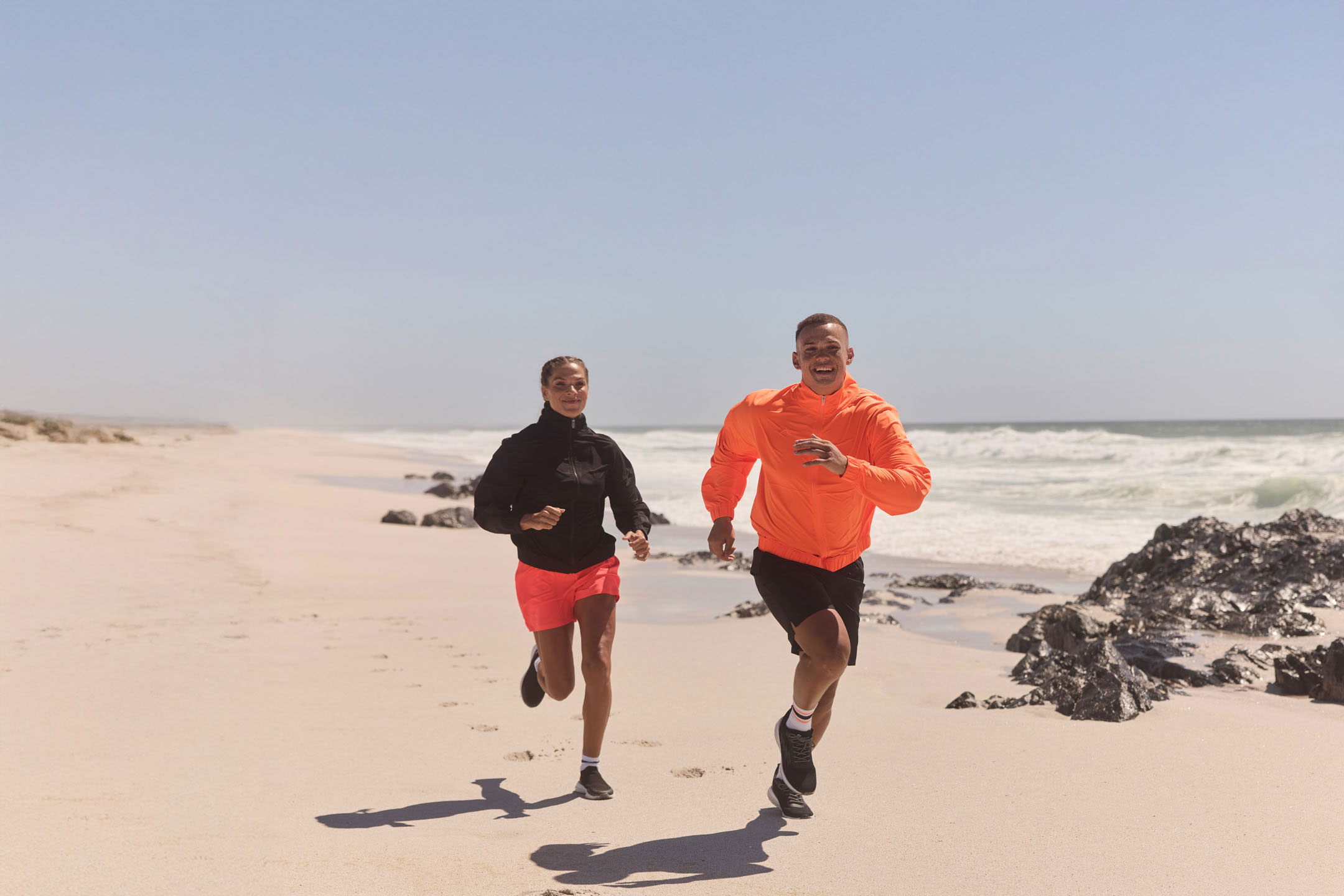Strengthen your core muscles - how to train your core properly
Strong core muscles are far more than just an aesthetic nice-to-have. They are the basis for a healthy posture, protect against back pain and even improve your performance - in sport but also in everyday activities such as standing, walking or sitting. Read on to find out why your core is so important, which exercises really make a difference and how you can strengthen your core in the long term with simple tips.
Why are the core muscles so important?
Your core consists of the abdominal, back, pelvic floor and deep abdominal muscles as well as the hip flexors and hip extensors. These muscles form the center or core from which a variety of movements originate - hence the name "core". These core muscles work together as a team to stabilize your spine, coordinate movements efficiently and keep your posture upright.
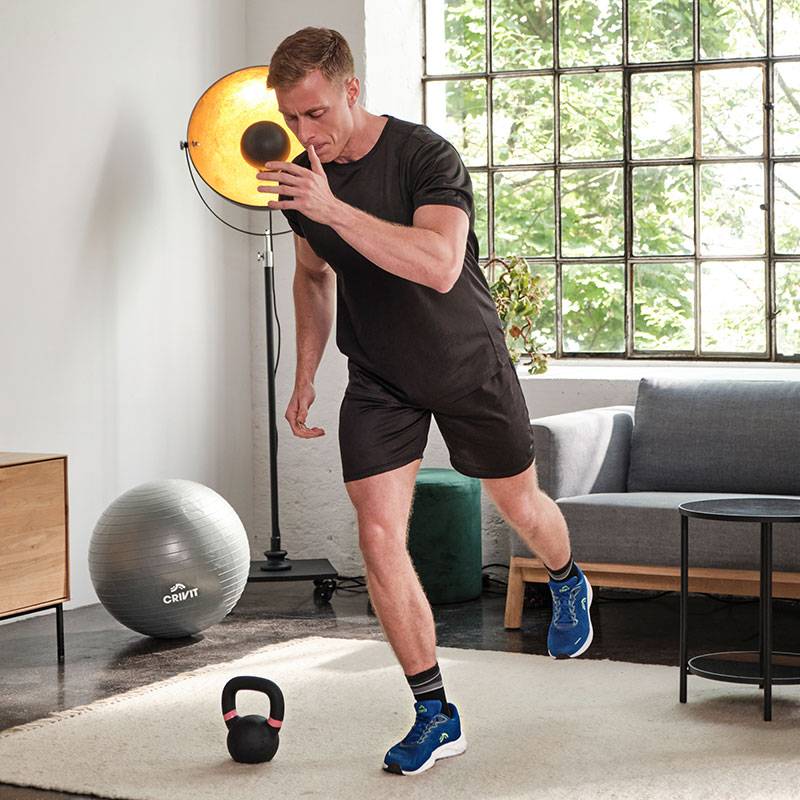
The most important functions of the trunk muscles:
- Stability: It keeps your body in balance during everyday movements such as sitting, lifting or turning.
- Protection: A strong core protects your spine and prevents back pain.
- Power transmission: Whether running, lifting or yoga - your core is the link between your upper and lower body.
- Posture: A trained core helps you to stand upright and compensate for poor posture.
Their importance: Many people underestimate the importance of the deep abdominal muscles. These muscles in particular ensure a stable core and help with back pain. Instead of training the abdominal muscles in isolation, the focus should be on functional exercises.
Consequences of weak core muscles
The core muscles are often underestimated - yet the core muscles are essential for almost everything and are perhaps the most important tool for preventing the back pain that so many people suffer from. However, most people only focus on the core muscles when they start to experience symptoms. The fact that these result from a weak core is often not immediately noticeable, as the symptoms tend to be subtle. The consequences of weak core muscles can manifest themselves in these complaints, among others:
- Frequent tension in the lower back
- Poor posture (e.g. hollow back, hunched back)
- Pain when sitting or standing for long periods
- Limited mobility and unstable feeling during sport
- Frequent twisting or poor balance
Incidentally, the core muscles are important for all movements and sports, as the spine - depending on the section - can move, but should not necessarily move with you. "Wrong" movements, such as lifting heavy shopping, can damage structures such as your intervertebral discs in the long term without stabilizing core muscles. Fortunately, you can counteract this with the right training.
How to train your core muscles: the best exercises
Effective core training doesn't have to be complicated. "The important thing is that you train regularly - preferably with functional movements that target several muscle groups at the same time," say our fitness experts Tobi and Anais. They incorporate small functional exercises into their daily routine every day to specifically train their core muscles. These are their favorite exercises:
1. Simple balance exercise
"Stand on one leg, pull the other slightly towards you," explains personal trainer Tobi, for whom this exercise is the perfect basis for daily core training. His tip: "Activate your toes, like a grip reflex - this helps to stabilise you."
2. Balance exercise on the balance board
If you want to challenge yourself a little, practise the whole thing on a balance board - just like Anais: "I use the balance board almost every day. You just stand on it with your knees slightly bent. You look forwards, not at the floor." To make this work, the fitness trainer recommends: "The important thing is to build up tension in your stomach and breathe evenly. Start with 2 times 30 seconds. You will immediately feel how you become more stable."
3. Plank
The plank is a classic core exercise: it trains the entire core muscles, shoulders and back and focuses entirely on your deep core muscles. To practise the plank, lean on your forearms and stretch your legs out behind you so that your body forms a line. Make sure you keep your stomach tight and don't let your back sag. Start with 10 to 20 seconds and increase slowly.
4. Side leg raises
Side leg raises combine balance with targeted activation of the gluteal muscles and your core. It becomes more intense if you use a loop band, which focuses even more on your deep muscles. Anais explains how it works: "Stand up straight with the loop band just above your knees. Now slowly lift one leg. Keep your upper body still, 10 times per side, 2 rounds."
5. Side walks with loop band
With the loop band, you not only train your buttocks and the outside of your thighs in this exercise, but also your core muscles. The most important thing: "Always keep tension, activate your bottom," emphasises Anais. 8 steps to the side, then back, 2 passes each time. "This really is the ideal exercise against postural damage caused by sitting," says the trained yoga teacher.
6. Quadruped: bird dog
This exercise specifically trains your back extensor and challenges your deep abdominal muscles through the small balancing act. The starting position is the four-footed stance. Then extend your arm and leg diagonally. Make sure you keep your core active. Then bring your elbow and knee together. Repeat 10 times, then switch sides and do 3 sets.
7. Kettlebell deadlift
"This gives you power for the whole day", says Tobi, who integrates this exercise into his own training for precisely this reason. "For the kettlebell deadlift, start in an upright, hip-width stance with the kettlebell in both hands and your arms long. Go down slowly. Knees out, chest upright. Keep your back straight, the movement comes from the hips," says the personal trainer, guiding you through the exercise and emphasising: "It's important that everything is done in a controlled manner and without momentum." Do this for 10 repetitions in 2 sets.
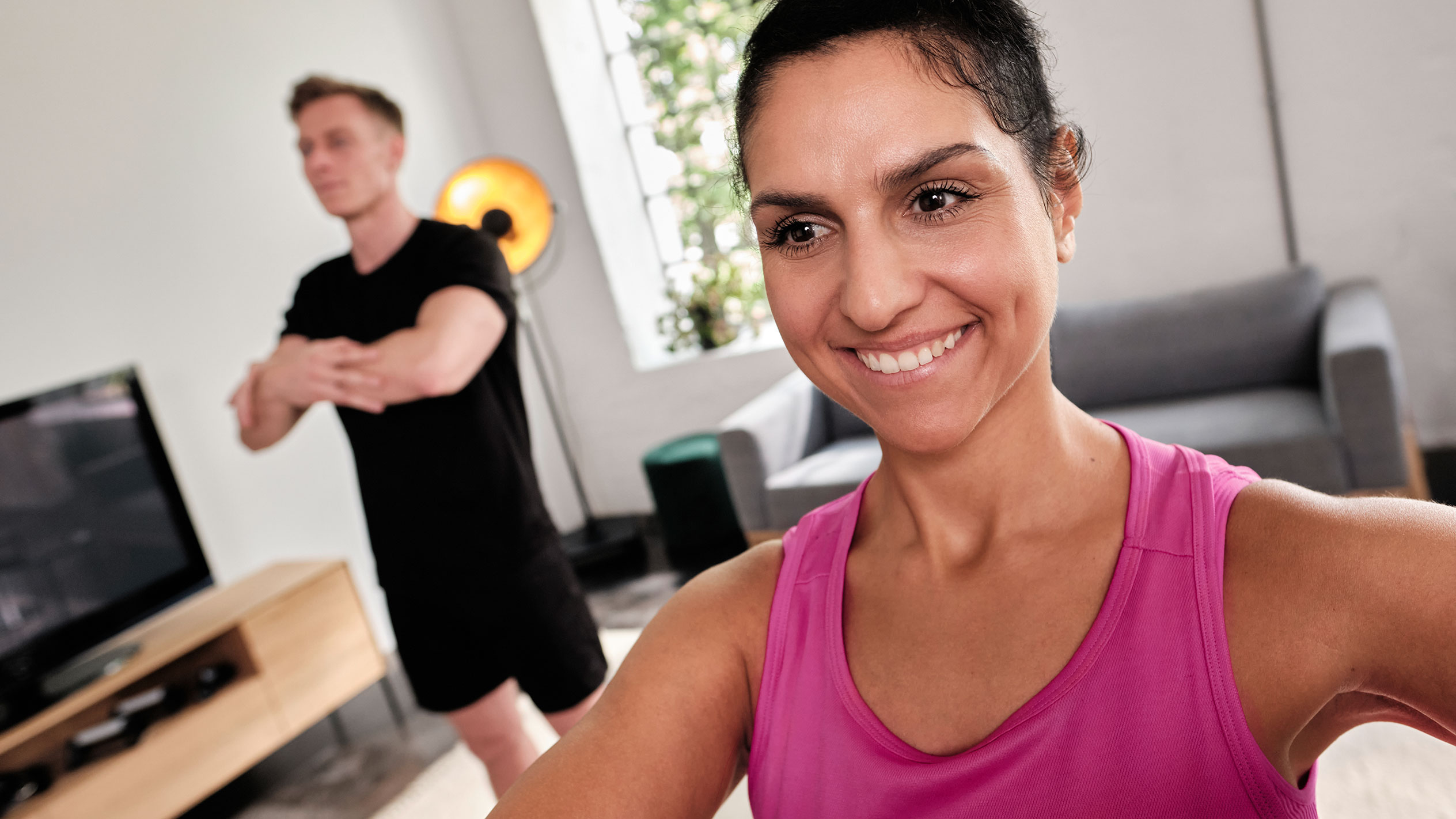
How to integrate trunk training into your everyday life
Small routines have the greatest effect in the long run. You do not need long training sessions - 10 minutes per day is enough and can be wonderfully integrated into everyday life. Because you can easily imitate all the exercises of our two experts at home. It even works wonderfully without equipment. To make your core training even easier in the future, here are a few tips:
- Start in a easy way: It is better to train for 5 minutes a day than for an hour once a week.
- Establish routine: fixed times help - for example, in the morning after getting up or as a movement break in the home office.
- Variety: Combine static and dynamic exercises to challenge all core areas.
- Breathe consciously: Consciously combine breathing and movement to activate the deep core muscles. Go into exertion as you exhale and release as you inhale.
Conclusion: Strengthening your core muscles is worthwhile - for body & mind
A strong core is your personal power centre - it helps you to walk through life upright, protects you from pain and gives you energy for movement of all kinds. Just a few minutes a day can make all the difference - or as our expert Tobi says: "You don't have to be a pro - just get started. Your body will thank you."
Frequently asked questions about torso training
3 to 4 short sessions per week are ideal. Regularity is important, not length.
After 3 to 4 weeks you can feel the first changes in attitude and stability - provided you remain consistent.
Absolutely! Exercises with your own body weight are particularly ideal for getting started.
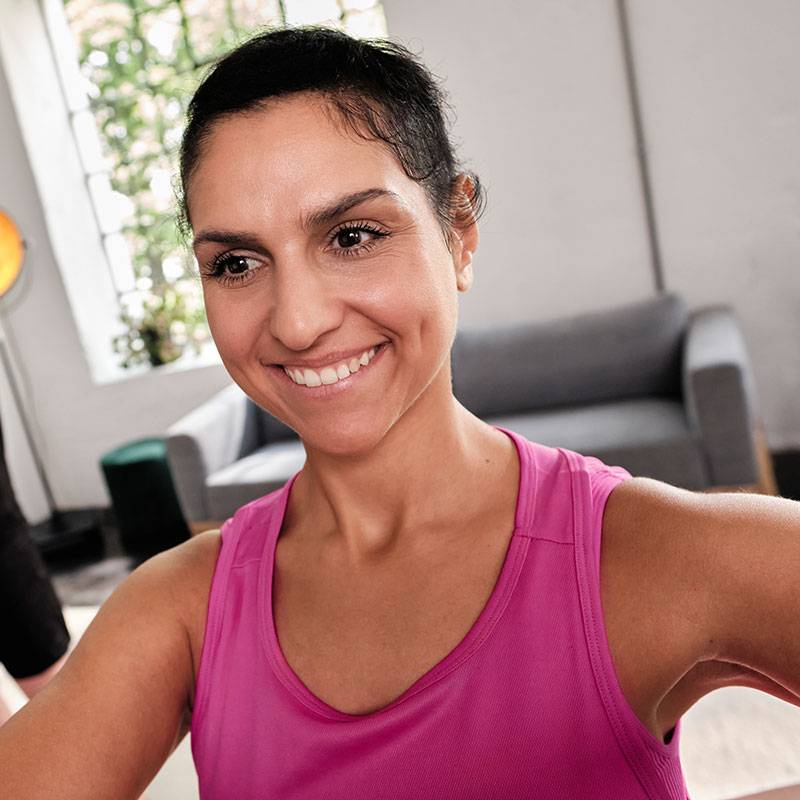
Profile of Fitness Professional Anais
Name: Anais Telian
Age: 33 years
Occupation: fitness professional, yoga preneur
Sports background:
- Combines in-depth yoga expertise with modern fitness competence
- Organize your own events with sound healing, R&B vibes and a strong community spirit
This is what sets Anais apart: She stands for mindfulness, empowerment and physical awareness - modern and suitable for everyday use.
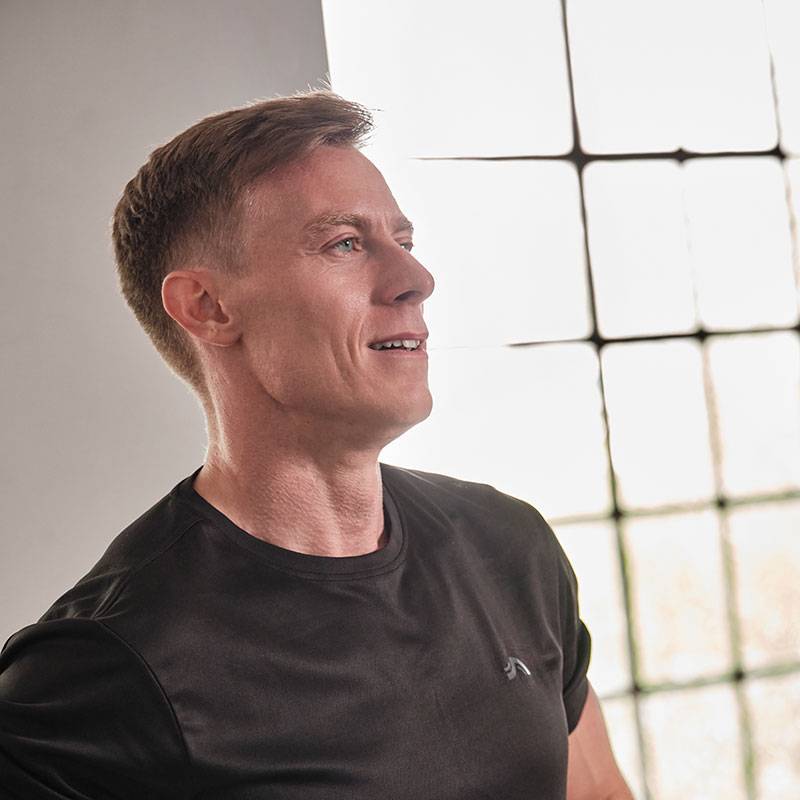
Profile of fitness expert Tobi
Name: Tobias Lipp
Age: 33 years
Occupation: Fitness Manager “Scheck Club”, personal trainer
Sports background:
- Certified sports and health trainer
- Personal trainer with A license
- Has lived the sport since childhood - with roots in soccer and heart for strength and functional training
This is what makes Tobi special: Enthusiastic with warmth and humor, has a keen sense for people - and lives what he passes on: authentic, open and committed.
